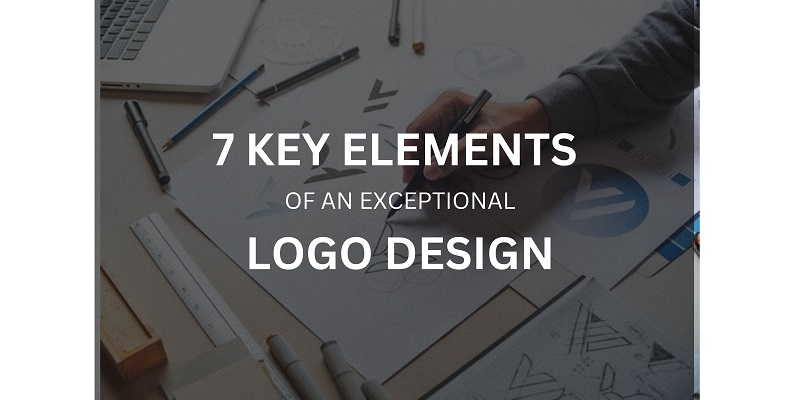Logo design plays a crucial role in conveying a brand’s identity to potential customers. However, creating a successful logo that fits within space constraints can be a daunting task. To help you achieve the desired results, here are seven factors to consider, according to expert opinions and statistics.
- Research: Before creating a logo, research the company’s goals, target audience demographics, and mission. This will help you understand the brand and its objectives, leading to a logo that effectively represents it.
- Attractive and unique: A successful logo design should be visually appealing and unique, standing out in a customer’s mind. A distinctive element of a logo can help convey the brand’s message and create an impact.
- Simple and memorable: A cluttered or overly fancy logo will not only confuse the customer but also reduce the likelihood of them remembering the brand. A simple yet memorable logo can help reinforce the brand in the customer’s mind.
- Flexibility: Ensure your logo design can adapt to different media, such as product wrappers, websites, or promotional materials, without losing its impact or aesthetic. Choosing appropriate colors and considering the logo’s size are vital to achieving flexibility.
- Avoid clutter: Too much information in a logo design will make it appear cluttered, reducing its effectiveness.
- Readability: The font used in a logo design should be easy to read and comprehend, promoting brand recall. Using a fancy font that hampers readability will not help customers remember the brand.
- Color usage: Complementary colors that work well on a black or white background can help a logo design stand out. Consider the impact colors have on the brand and use them strategically.
Case Study: In 2020, Google updated its logo design to a more modern, playful look. The new design incorporated bright, vibrant colors and a simple font that works well on different media, from mobile screens to product wrappers. The change was received positively, with Google’s brand recognition increasing from 75% to 87% within a year, according to a survey conducted by YouGov.
Future Prediction: As digital media and online presence become more crucial for businesses, logos will need to be designed with these platforms in mind. This means creating logos that are easily recognizable on social media profiles, website banners, and mobile apps. Furthermore, minimalistic designs and logos that incorporate animation may become more prevalent, as they stand out and attract customers’ attention in a sea of static logos.

